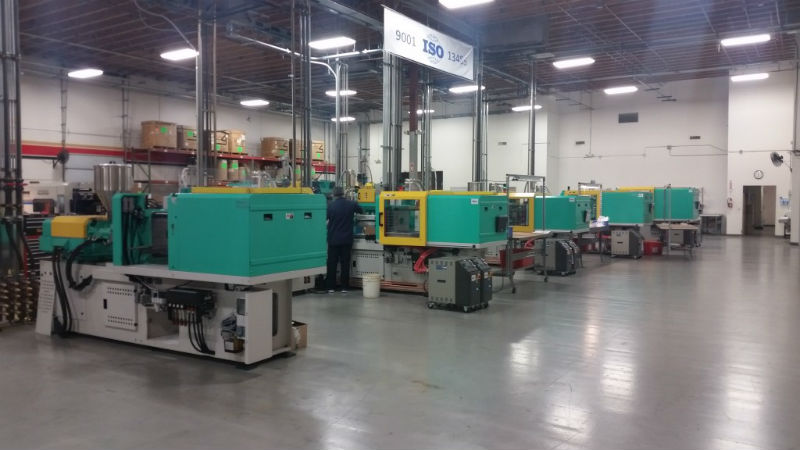Plastic has some unique properties. Weather resistance and longevity are two of the qualities that manufacturers find attractive. Different methods are used to coat items. The results can vary in shapes. Plastic can produce almost any shape, including hollow tubes. Extrusion and dip molding are two means of utilizing the characteristics of plastic in manufacturing components. Plastic dip moldings are the result of a form of dip molding. Instead of producing hollow tubing or other parts, plastic dip molding is frequently used to produce a layer of plastic over a metal component.
Plastic Dip Molding for Metal Components
Unlike other forms of molding, plastic dip molding lacks a mold. Instead, the metal part is submerged in a bath consisting of liquefied plastic heated to a specific temperature. By substrate metal to perform in its intended application. As a result, plastic dip moldings are parts characterized by two major qualities:
- Protection against corrosive elements
- Guarded against scratches and abrasions resulting from the environment and usage
These two features alone are enough for many companies to consider plastic dip molding as a means of addressing specific potential risks to their products.
Plastic Dip Moldings
While companies can adopt one of many forms for protecting their parts from various issues, dip molding is common. This is particularly true when it comes to adding an extra layer of protection to metal components. Plastic dip moldings have undergone a process providing them with a protective coating that ensures improved fortification against certain elements.

